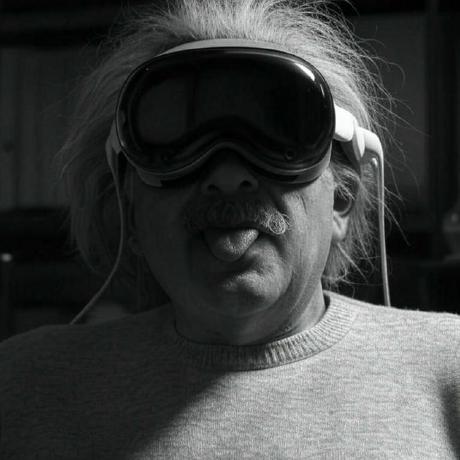The augmented dataset used in this project is publicly available on Hugging Face. It includes all the augmented videos and metadata generated during the hackathon. You can access it here:
The trained model, fine-tuned version of ACT model, is also available on Hugging Face, access the model here:
DataSocks is a robotics project developed during the Mistral AI Hackathon, focusing on improving robot performance across varying environmental conditions. The project addresses one of the most significant challenges in modern robotics: environmental sensitivity during training and inference.
Most robotic systems require consistent lighting and environmental conditions between training and deployment phases. When these conditions change, model performance degrades significantly. DataSocks demonstrates how data augmentation techniques can be used to create more robust robotic models that perform well across different environmental conditions.
Robots trained in specific conditions often fail when:
- Lighting conditions change
- Backgrounds vary
- Shadows or reflections appear differently
Our solution focuses on a simple but representative task: picking up socks and placing them in a container using the SO-100 robotic arm and Phospho framework.
- Used Phospho framework to collect original training data
The core innovation of this project is the extensive data augmentation pipeline:
-
Simple Image-Based Augmentations (
simple_augmentations.py)- Uses Kornia for color jittering, contrast adjustments, and perspective transformations
- Applies consistent transformations across entire video sequences
-
Advanced Segmentation-Based Augmentation (
roboengine_script.py,roboengine_from_fixed_mask.py)- Segments robot arm and target objects
- Applies background replacements while maintaining foreground elements
- Handles edge cases with mask fixing techniques
-
Dataset Integration (
insert_augmented_files_in_dataset.py)- Seamlessly integrates augmented videos into the training dataset
- Maintains proper parquet file structure for Phospho and Huggingface compatibility
The demo system includes:
- Speech recognition using Whisper (
demo/whisper.py) - Text-to-speech using Kokoro (
demo/main.py) - Natural language conversation with Mistral Small
- Robot control via Phospho API (
demo/client.py)- Check the Phospho documentation to see how to train and load an ACT model!
torch>=1.8.0
kornia>=0.6.0
opencv-python
numpy
tqdm
Pillow
diffusers
transformersgit clone https://github.com/yourusername/datasocks.git
cd datasocks
pip install -r requirements.txtpython data_augmentation/simple_augmentations.py --runs_per_vid 5 --batch_size 16For RoboEngine-based segmentation augmentation:
python data_augmentation/roboengine_script.pyThe demo cannot actually be run without replicating the exact environment setup used during the hackathon. This includes specific hardware configurations, dependencies, and access to the SO-100 robotic arm and Phospho framework. For more details, please contact the contrbutors.
README.md
requirements.txt
data_augmentation/ # Data augmentation scripts
├── simple_augmentations.py # Kornia-based image transformations
├── roboengine_script.py # Segmentation-based augmentation
├── roboengine_from_fixed_mask.py
├── stitch_video.py
└── insert_augmented_files_in_dataset.py
demo/ # Demo application
├── whisper.py # Speech recognition
├── main.py # Demo orchestrator
├── client.py # Phospho API client
└── server.py # ACT policy server
examples_augmented_data/ # Example outputs from augmentation
examples_original_video/ # Original training data samples
By augmenting a small original dataset with environment variations, we were able to create a model that successfully performs the sock retrieval task across multiple lighting conditions and backgrounds, by the lack of time the training cannot be done properly.
This project was developed during the Mistral AI Hackathon using the SO-100 robotic arm and Phospho framework (Use it !) for data collection, training, and inference.






